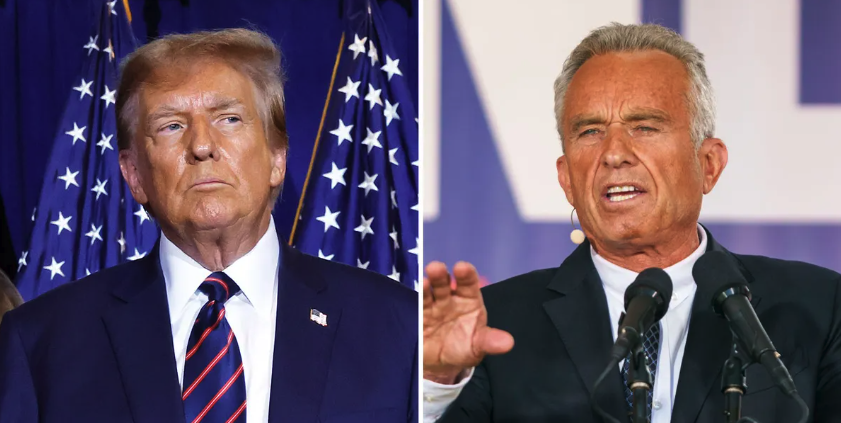In a move that has stirred up considerable conversation and concern, Ohio’s Secretary of State, a member of the Republican Party, has quietly canceled the registrations of over 26,000 voters. This significant action took place in late September, surprisingly close to the registration deadline for the upcoming, highly anticipated abortion referendum.
Voting rights advocates are raising eyebrows, pointing out that this decision not only lacked the usual transparency but also deviated from established procedures. The situation is particularly sensitive given the secretary’s vocal stance against the November 7 constitutional amendment vote, which will determine if the right to abortion is enshrined in Ohio’s state constitution.
Kayla Griffin from the voting rights organization All Voting is Local expressed her disappointment, noting the peculiarity of authorizing a voter purge during an active voting period. Typically, voter list maintenance is a routine and legally mandated task aimed at keeping the voter rolls accurate by removing those who have moved, passed away, or stopped voting. The state does attempt to alert voters at risk of being removed, offering them a chance to update or confirm their registration.
However, the proximity of this removal to an election is not typical. Such an action could risk disenfranchising voters who might have missed the notification. Notably, if this were a national election, the move would have been against the law, as federal regulations prohibit systematic removal of voters from the rolls within 90 days of a federal election.
Ohio usually schedules voter removals in the summer, allowing ample time for affected voters to re-register. This time, however, the removal deadline was set for September 28, well into the election period for military and overseas absentee voting, which began on September 22. This timing has raised questions and concerns among various voting rights groups.
Jen Miller from the League of Women Voters in Ohio highlighted that the secretary’s office didn’t follow its usual practice of notifying voting rights groups prior to the purge. This notification has historically allowed groups to verify the list’s accuracy and contact voters who might be affected.
Democratic State Representative Bride Rose Sweeney has openly questioned the timing of this voter purge, linking it to the critical issues on the November ballot, including reproductive rights. She has urged the secretary to reverse the decision and restore the voters to the rolls, given that voting is already underway.
Paul Disantis, the chief legal counsel of the secretary of state’s office, strongly rejected any implication of impropriety in the timing of the purge. He emphasized that regular list maintenance is a requirement under federal law, essential for the integrity and accuracy of Ohio’s elections.
Yet, voting rights groups argue that the timing of the purge was discretionary and could have been scheduled post-election. Past experiences have shown that even well-intentioned purges can inadvertently remove active voters, an issue that has disproportionately affected voters of color.
This latest development is a crucial chapter in the ongoing struggle for abortion rights in Ohio. The election is the result of months of efforts by advocacy groups, and it’s part of a broader trend where abortion rights supporters use statewide referendums to protect access in Republican-led states.
However, the removal of over 26,000 voter registrations just before a key referendum, coupled with recent changes to voting requirements, has left many worried. As Catherine Turcer from Common Cause Ohio warns, these factors combined create additional obstacles for voters, impacting the democratic process.











